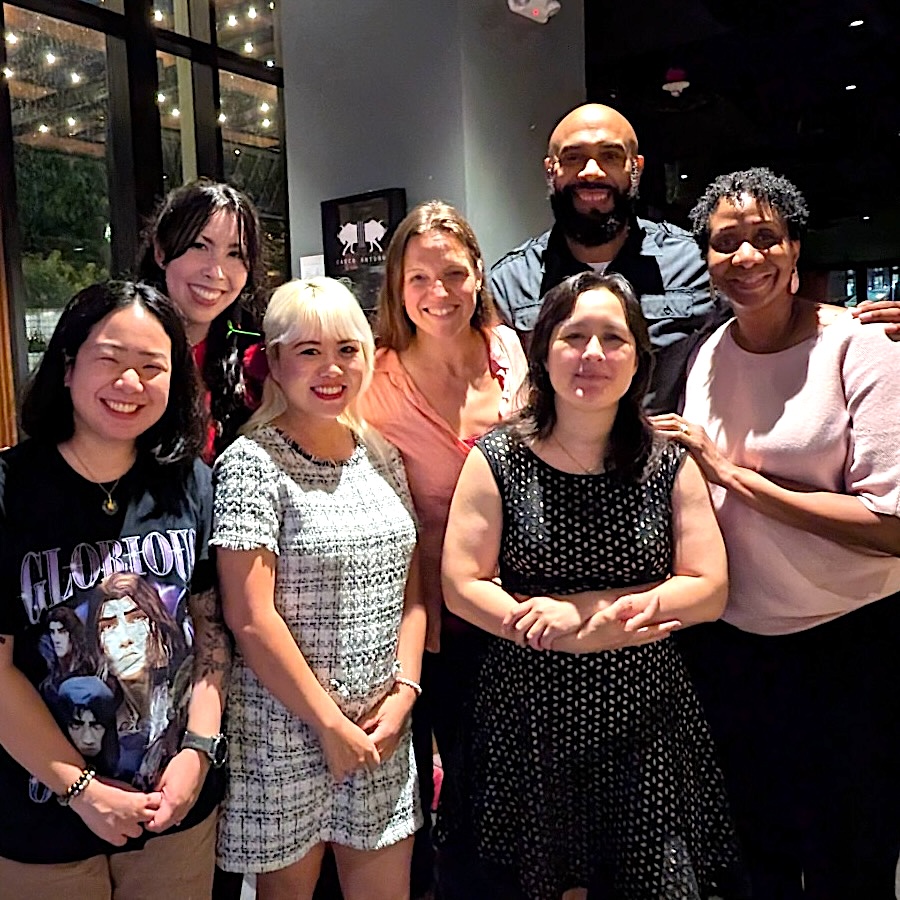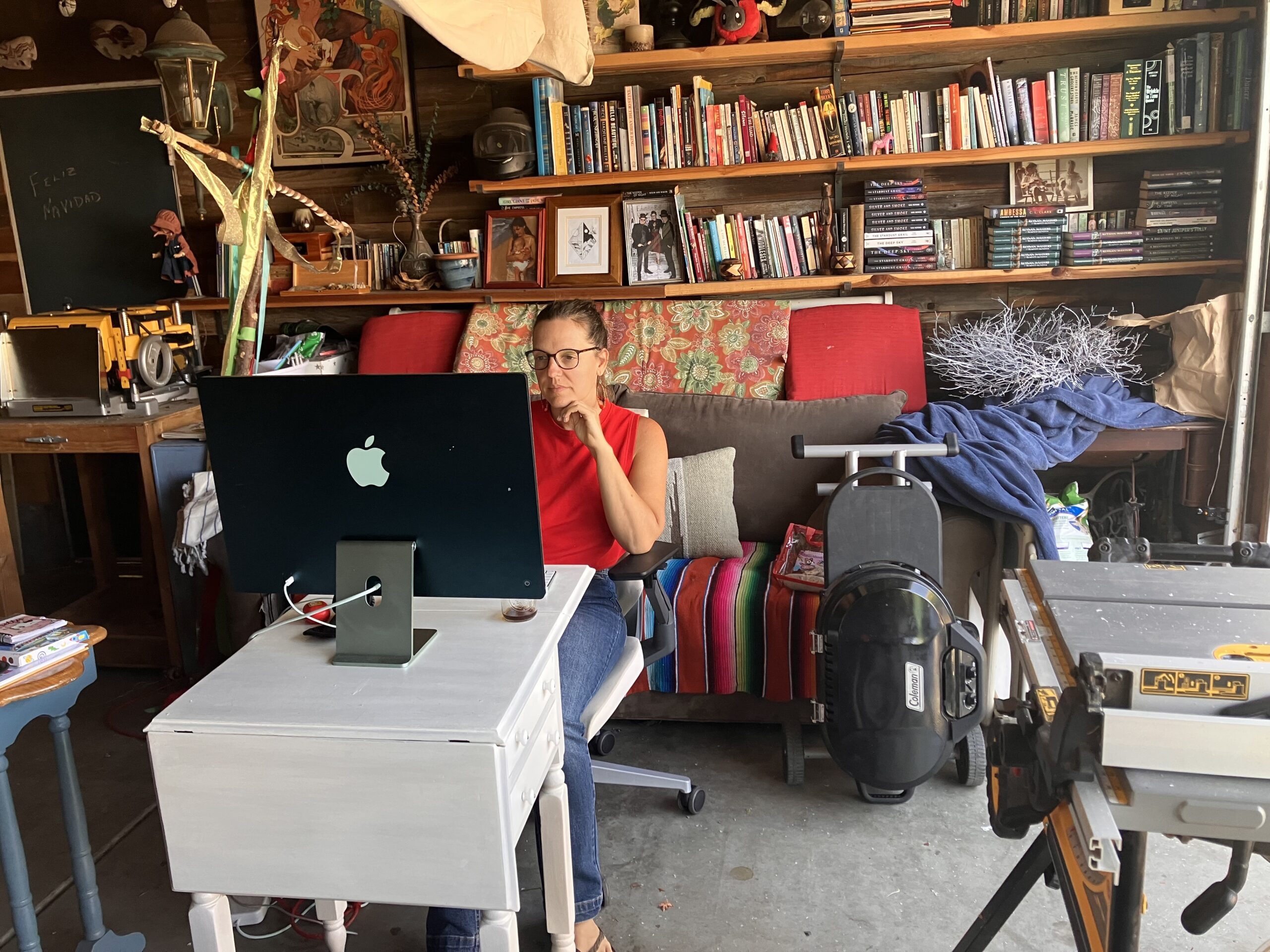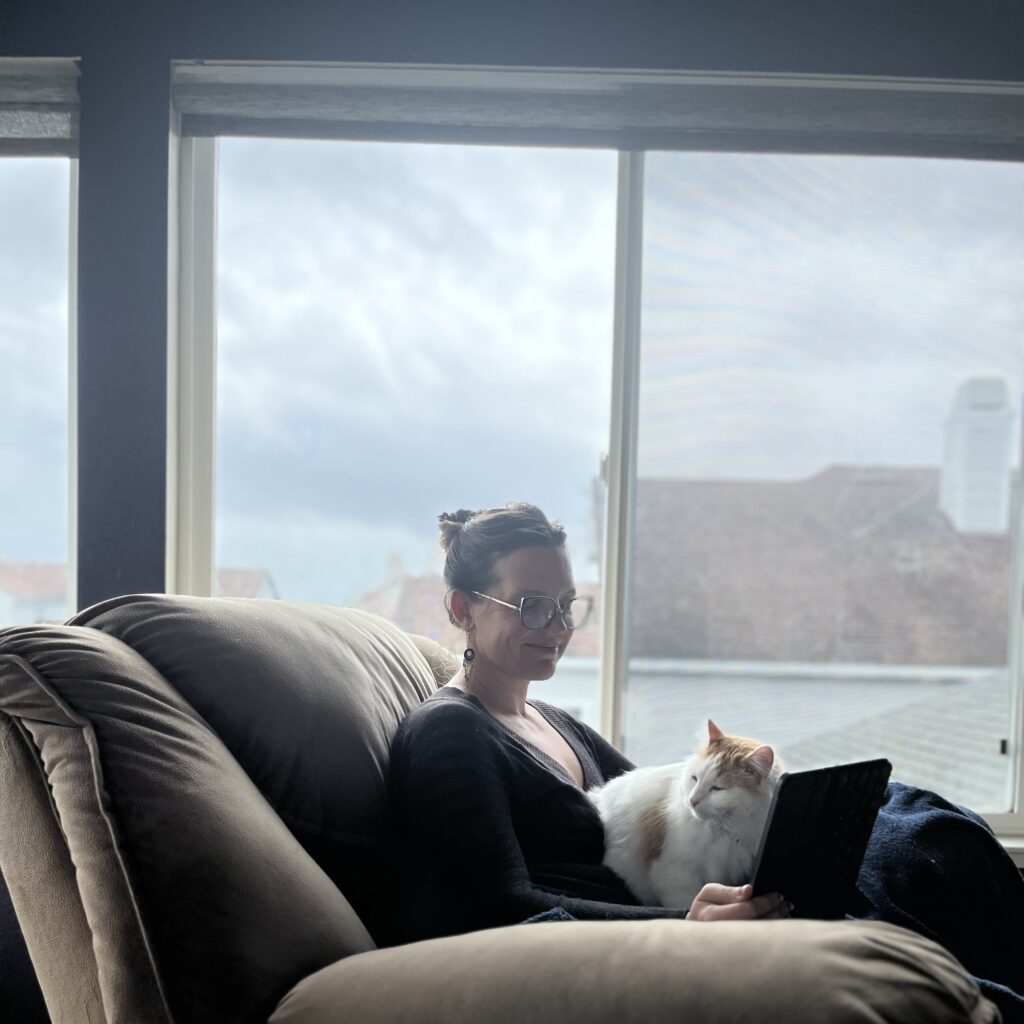Why yes, I am one of those basic b-ahem-witches who loves this time of year. I do own a pair of very fuzzy Uggs, a large mug (curtesy of a client who just gets me), and buy 10 sweaters annually at the local thrift store while dreaming longingly about cashmere.

I also find it easier to read as the days grow shorter and the weather colder, actually read deeply. Which means making more decisions on my maybe pile. But this is also one of the busiest seasons for sending out submissions on my end. And this one has been busier than I anticipated, happily so. Add that to a whirlwind WorldCon, a work trip to London, and the little one starting pre-school not gracefully, my initial response time to queries has been much slower than usual. And although the feedback has been overwhelmingly yes for allowing full manuscripts in the initial sub, it does slow my process on the other end. Which means, for those of you who like the numbers, of the 3,000 subs that have come in since August, 400 of latest of those have not even been opened.
So I am closing to queries to catch up over the winter. I aim to respond to all initial queries by the end of November. However for those of you who I put aside for further consideration, I’m afraid my decisions will be delayed, perhaps for months, both because of time and space on my current list. As always feel free to check in, but don’t wait around (always try to look forward, don’t put your eggs in one basket in this industry), know that of the hundred or so that go past the initial phase, and even of the 20 or so that catch me enough to read the entire manuscript, I still can only reasonably sign another 2-5 more clients in the coming months.

And speaking of clients, I actually got to meet many of mine in person for the first time this year, some whom I have represented for almost a decade(!!). They were in attendance at Seattle WorldCon 2025, signing books, speaking on panels, and charming their readers. Amid the busy schedules, we managed to squeeze in a taco night. Pictured above left to right: Gracie Marsden, Kylie Lee Baker, Van Hoang, me, Yume Kitasei, DaVaun Sanders, and Veronica G. Henry. It was strange but wonderful to realize how well I know all of these amazing people, despite not having been in the same room together before. No awkwardness, just good vibes and fun chatter. The breadth of their work continues to astonish me, and I highly recommend checking out their books.

Until next time. Thank you for your patience and understanding as I dig through this next pile of subs!







